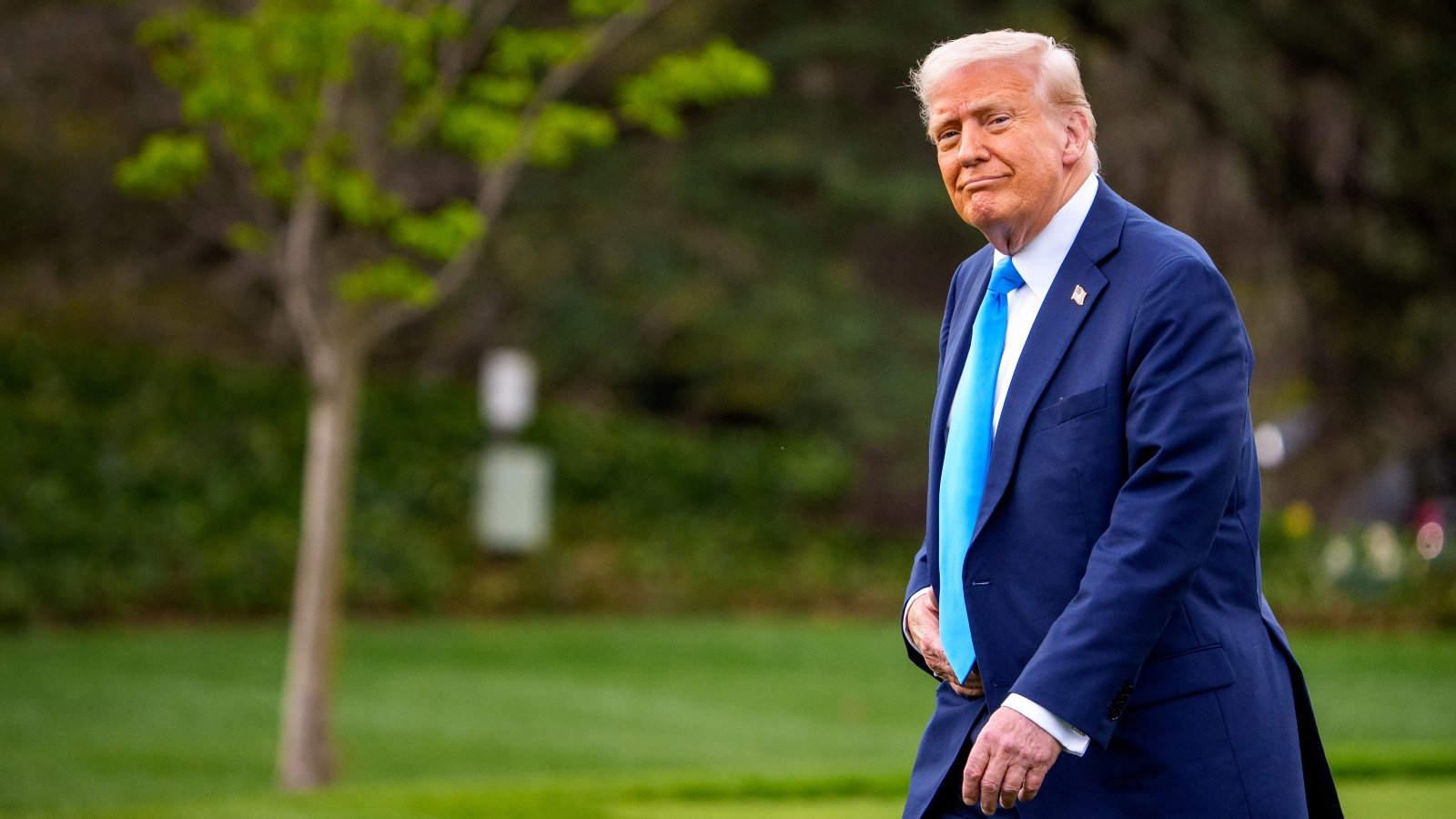The End of Federal Telework: A Bold Policy Move by the Trump Administration


The Return to Office Revolution: A Swift Change in Telework Trends
The Bureau of Labor Statistics’ April Jobs Report revealed that only 8.9% of federal workers teleworked “some hours” during the month, compared to 19.8% in 2024, the last year of the Biden administration. Even more striking, just 9.7% of federal employees worked “all hours” remotely, compared to 11.5% the year before. 81.8% of federal workers now report that they do not telework at all, a dramatic reversal from the prior year when 68.5% of federal workers worked fully from home.
This shift in telework patterns is a direct reflection of the administration’s push to reinstate traditional office work, with Trump at the helm, committed to increasing government accountability and improving workplace efficiency.
The Trump Administration’s Push: A Campaign to End Federal Telework
From the outset of his administration, President Trump made it clear that ending remote work for federal employees would be one of his priorities. In his January speech, Trump introduced the Laken Riley Act, which sought to curb telework across federal agencies, stating that federal employees should be held accountable for their work and physically present in their offices.
“We don’t want them to work from home,” Trump declared. “Most of the time, they’re not working; they’re not very productive. And it’s unfair to the millions of people who are working hard from job sites and not from their home.”
Trump’s administration set a firm deadline of February 6, 2025, requiring federal workers to return to their offices or face termination. He even hinted at the possibility of employees being required to prove they weren’t engaged in other jobs while receiving federal paychecks during the telework period.
The Role of the Department of Government Efficiency (DOGE)
To push this mandate forward, Trump appointed Elon Musk, the billionaire entrepreneur, to head the Department of Government Efficiency (DOGE). Though not a formal agency, DOGE held significant sway in shaping federal workforce policies. Musk, known for his stringent anti-telework stance in his own companies like Tesla and SpaceX, brought a similar philosophy to the federal government.
Musk’s commentary on the return-to-office policy was blunt: “Requiring federal employees to come to the office five days a week would result in a wave of voluntary terminations that we welcome,” he wrote in a Wall Street Journal op-ed. “If federal employees don’t want to show up, American taxpayers shouldn’t pay them for the Covid-era privilege of staying home.”
Despite facing significant legal opposition from federal employee unions, DOGE pushed ahead with the implementation, requiring weekly performance reports from all federal workers. In addition, federal employees were subjected to tracking measures that monitored their daily work locations.
Challenges Faced During the Transition
While the policy of mandating in-office work was clear, its implementation wasn’t without complications. Federal agencies, many of which had downsized their office spaces during the telework era, were ill-prepared for the mass return of employees. Reports from within various departments revealed disruptions in daily operations, including the need to share desks, work out of conference rooms, and even conference closets due to space limitations.
At FEMA, for example, employees reported having to resolve desk disputes by flipping coins, while some departments were forced to adapt to the sudden increase in office traffic. The Bureau of Labor Statistics also reported a decline in federal government employment by 9,000 positions in April, reflecting some attrition due to the return-to-office mandate.
Unions, such as the American Federation of Government Employees (AFGE), have characterized these departures as a “brain drain,” arguing that many of the employees leaving were highly skilled and specialized workers who found better opportunities in the private sector.




